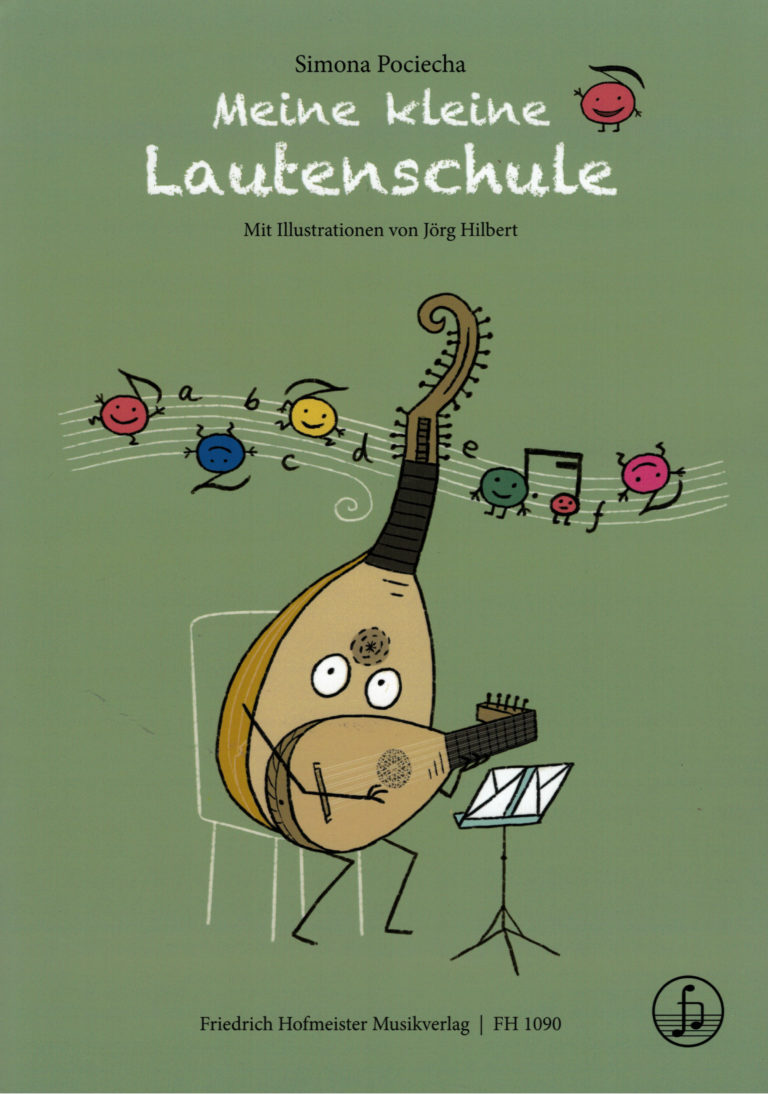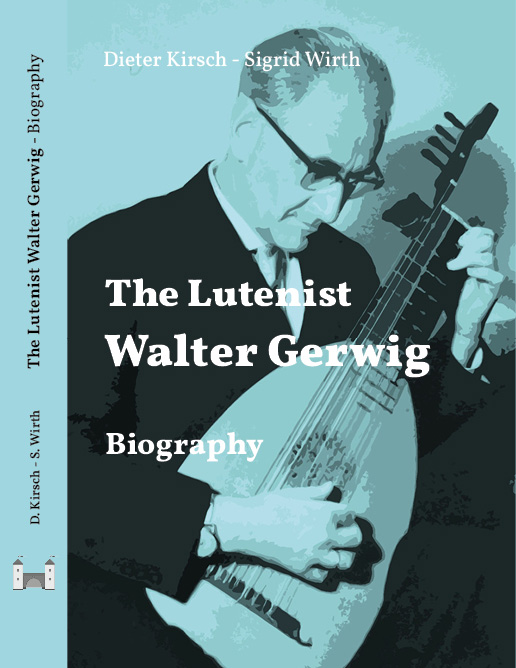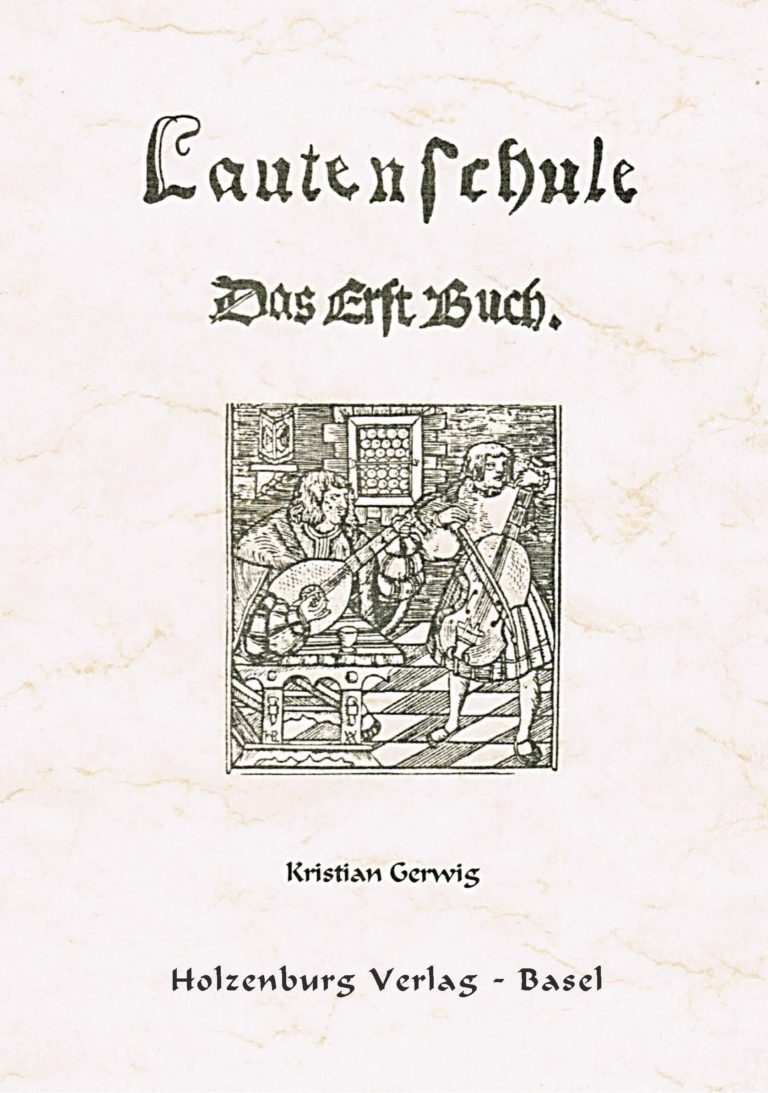New:
Die ‚Laute‘ steht hier als stellvertretender Begriff für die ganze Familie der historischen Zupfinstrumente, die in der Zeit vom ausgehenden Mittelalter, in der Renaissance und bis zum Ende des Spätbarock gespielt wurden: Laute, Vihuela, Gitarre, Theorbe und Chitarrone – um nur einige der Bezeichnungen zu nennen.
Diese faszinierenden Instrumente haben in der langen Zeit ihres Bestehens viele Entwicklungen mitgemacht und entsprechende Veränderungen erfahren. Heute sind sie gemäss ihrer historischen Bedeutung fester Bestandteil der historischen Musikpraxis, der so genannten „Alten Musik“.
The term ‚lute‘ here stands as a representative concept for the entire family of historical plucked string instruments that were played from the late Middle Ages, through the Renaissance, and until the end of the late Baroque period: lute, vihuela, guitar, theorbo, and chitarrone – to name just a few.
These fascinating instruments have undergone many developments and corresponding changes throughout their long existence. Today, according to their historical significance, they are an integral part of historical music practice, known as ‚Early Music‘.“
Wie klingt eine Laute?
In nebenstehenden Audio hören Sie eine
Allemanda in a-moll von Esaias Reusner aus seinen Neuen Lautenfrüchten von 1676.
How does a lute sound?
In the audio file on the right side you can listen to an Allemanda in a-minor of Esaias Reusner from his Neue Lautenfrüchte from 1676.
Artist: Tobias Tietze
Recording: Matthias Nordhorn
Published with kind permission of Tobias Tietze
Empfehlung / recommendation:
CD – UNE DÉLICATESSE MERVEILLEUSE
The lute music of Valentin Strobel
Tobias Tietze – 11-course lute
arcantus
10.00 € / CHF







